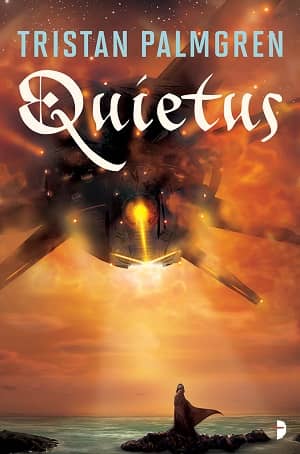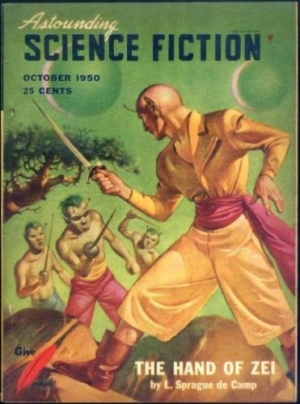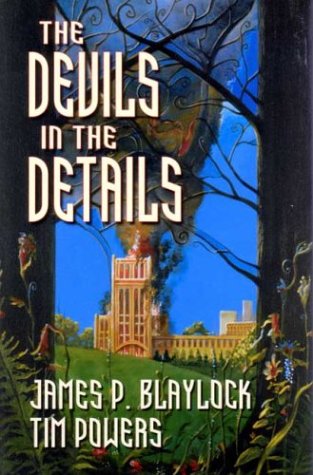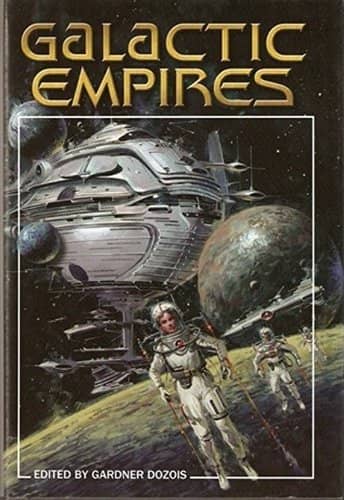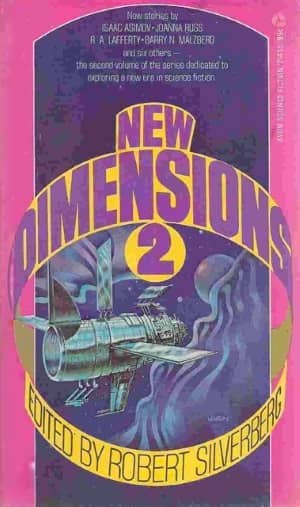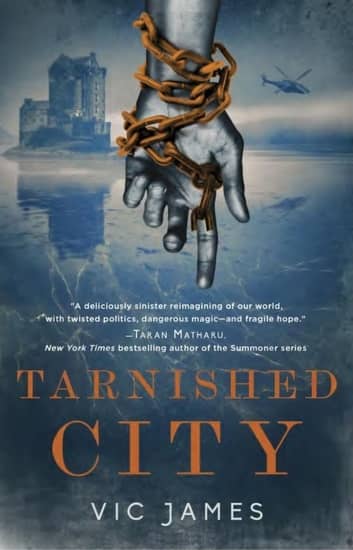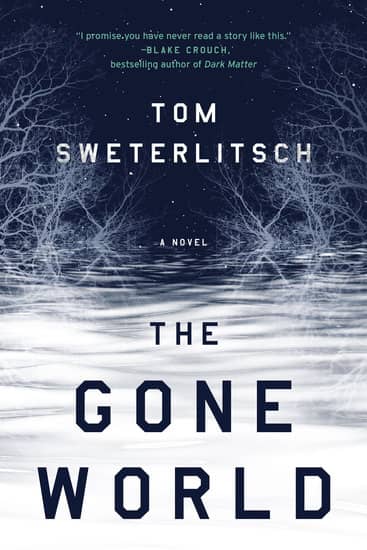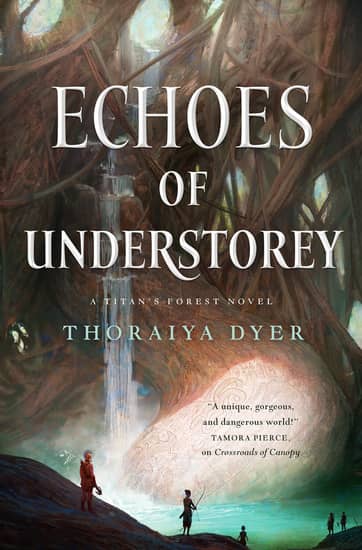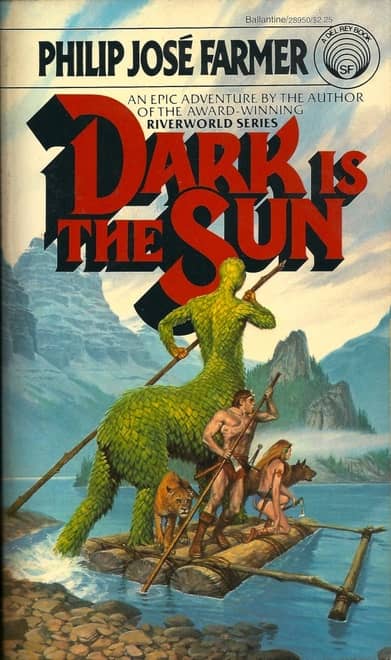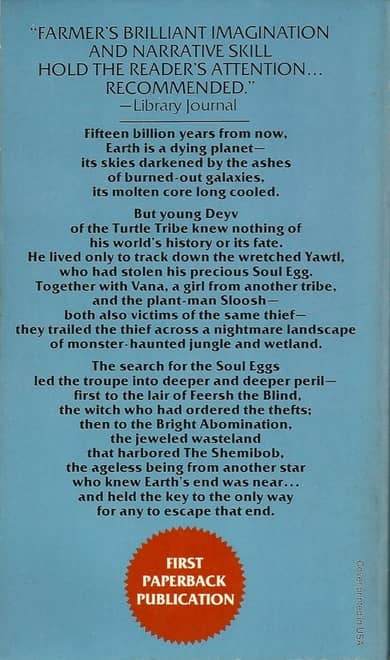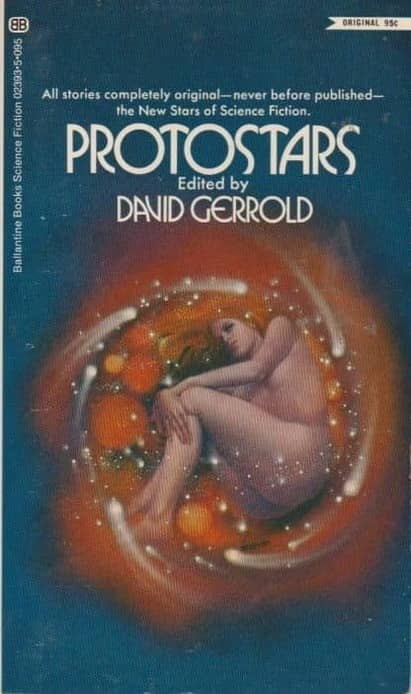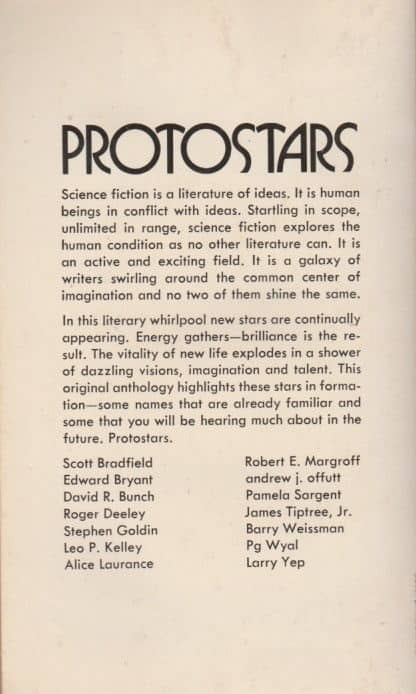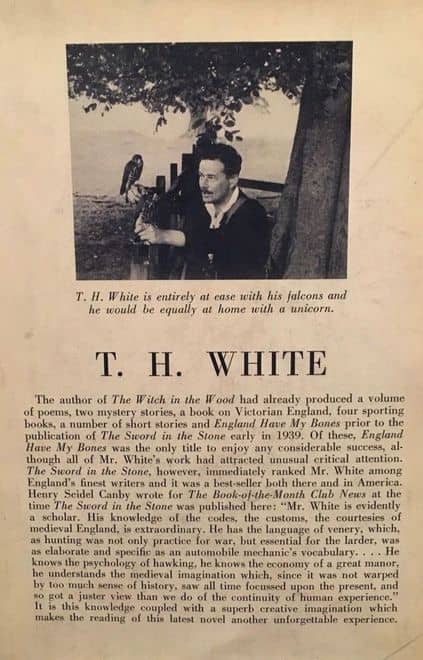Goth Chick News: Reality Really Does Bite… Apparently
Given my avocation it probably comes as no surprise that for a time I never missed an episode of the Travel Channel show Ghost Adventures. The hand-held-camera “reality” series follows paranormal investigator Zach Bagans and a small crew as they spend the night in various locations around the globe which are reportedly haunted.
By any series standards, Ghost Adventures has had an amazing run since premiering in 2008. Allegations that Bagans and crew play loose with the facts, and emphasizes showmanship over hardcore research is a bit of a non-sequitur considering the subject matter. But somewhere around 2013 the productions values as well as the dramatic, over-acting went too far and for me at least, the show lost its gritty fun. Then in 2014 a member of the original crew, Aaron Goodwin went on record telling the us all the shocking news that the Travel Channel faked most of the paranormal activity documented on the show. At that point my willingness to suspend my disbelief had been stretched to the breaking point and I was done. However, here we are in 2018 and Ghost Adventures just aired their 182nd episode in January, with new episodes coming in March.
So, color me shocked that it took ten years, but I’m here to tell you about the inevitable – a Ghost Adventures movie.

